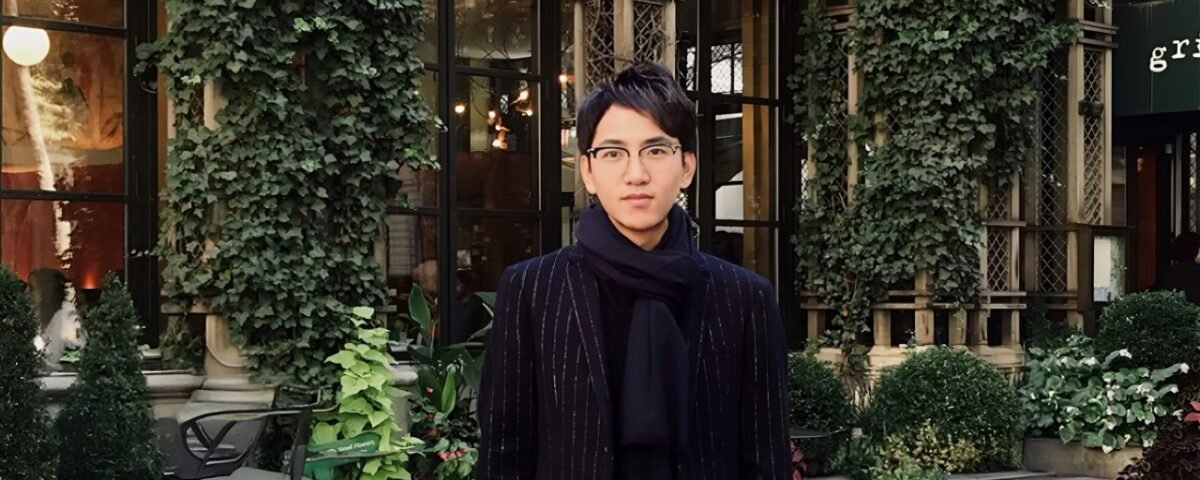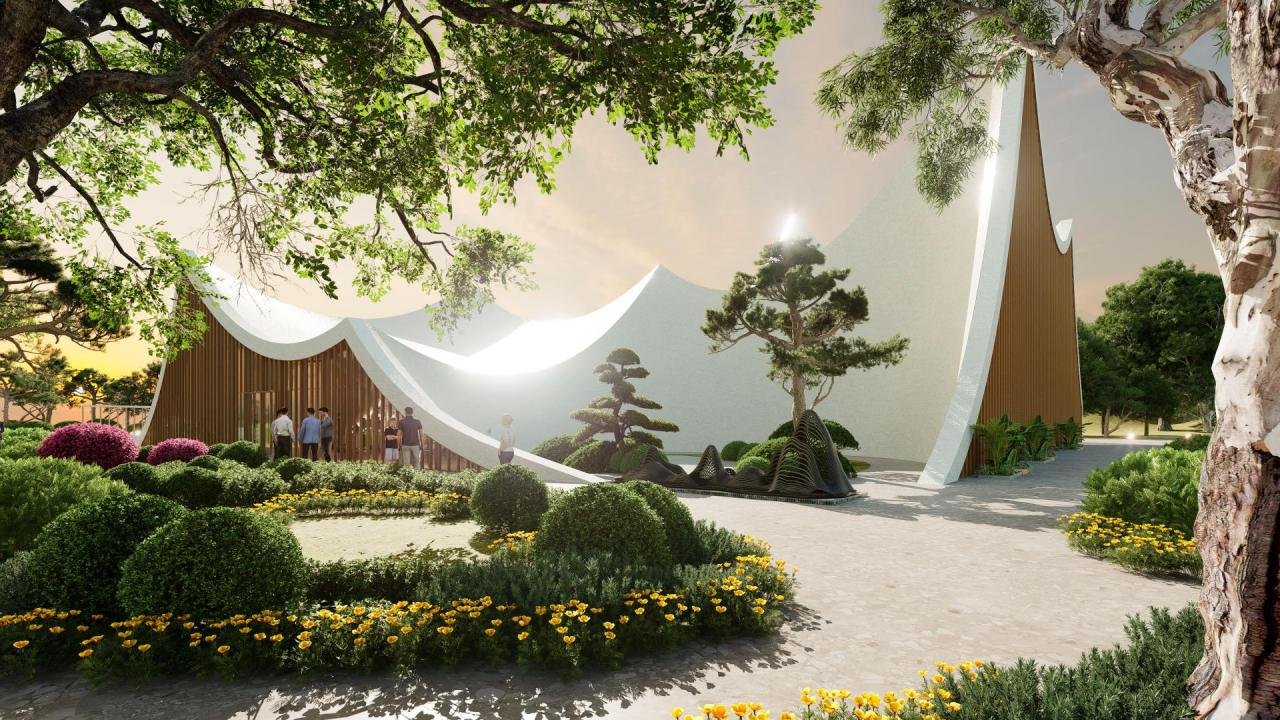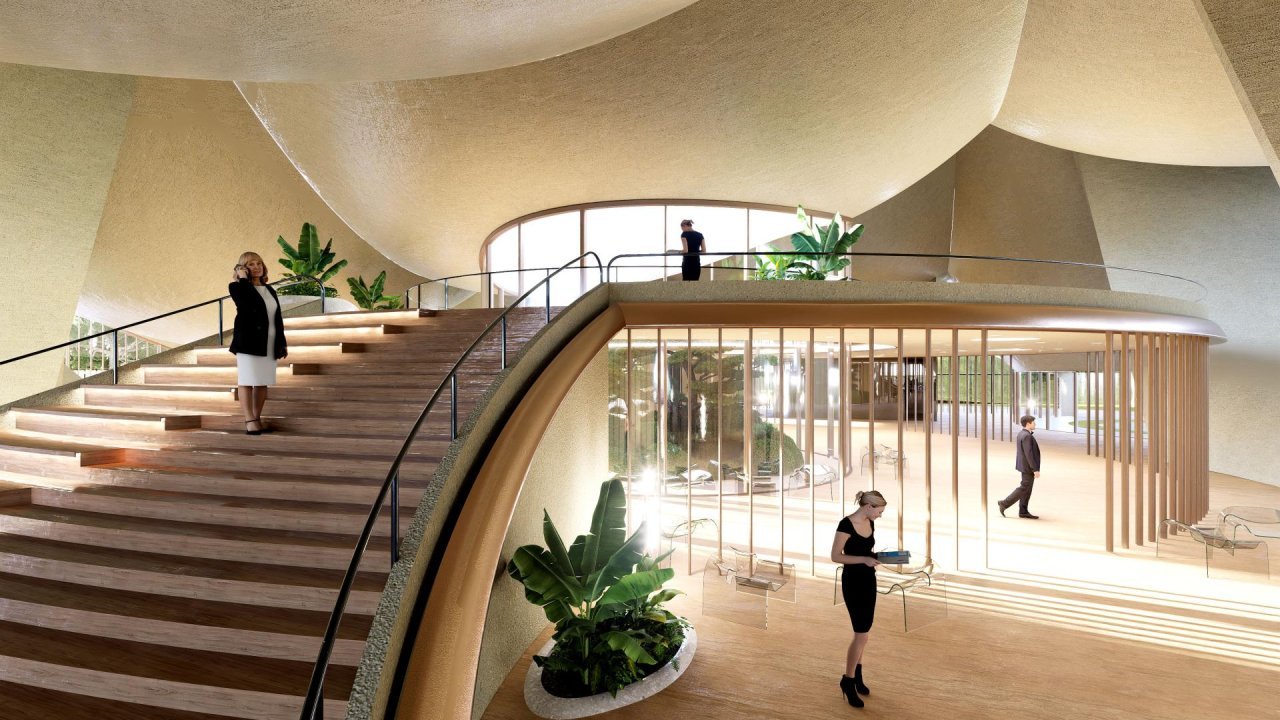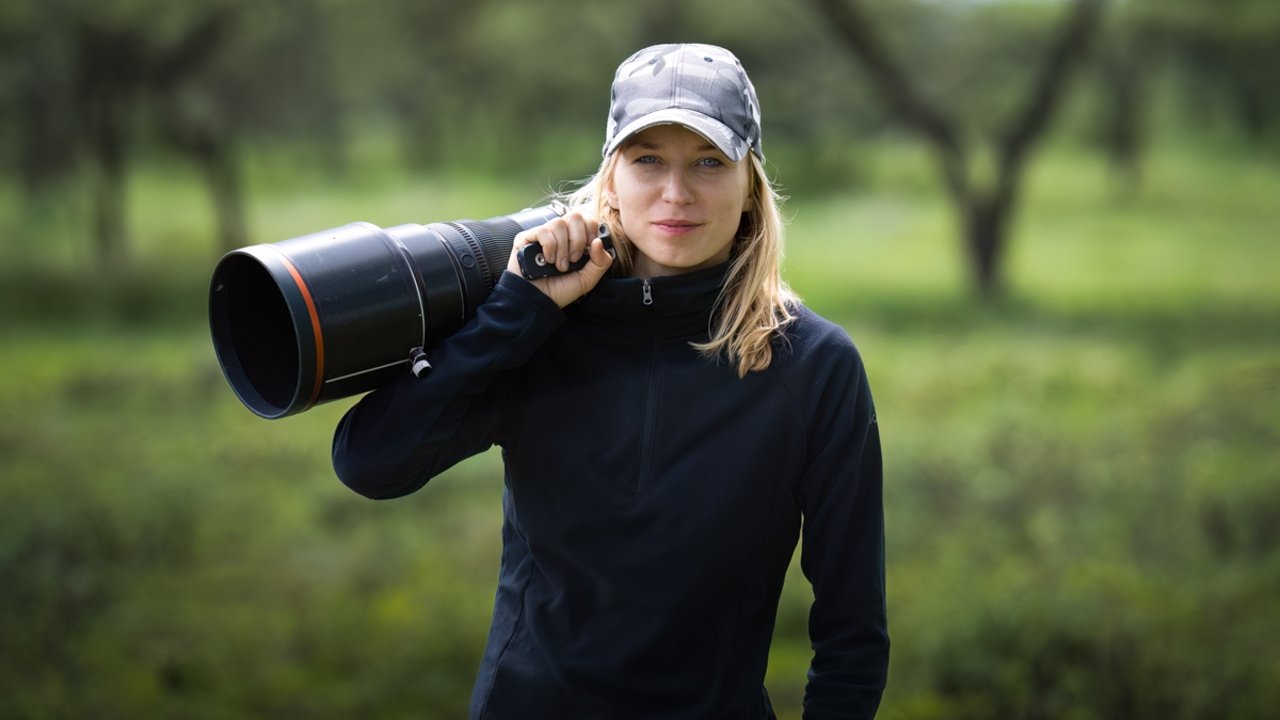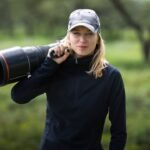
Wild Encounters of the Week with Alexandra Surkova
September 26, 2025Zehua Zhang
Zehua Zhang, a licensed architect and Associate Principal at KPF in New York, draws inspiration from his early fascination with the connection between people and their surroundings. He uses architecture as a means to address real-world challenges through sustainable, human-focused solutions.
I graduated from the Weitzman School of Design at the University of Pennsylvania and am now a full-time architect based in New York. I am a licensed architect in the state of New York and a LEED Accredited Professional (BD+C). I currently serve as an Associate Principal at KPF. I've always been fascinated by the way design can shape how people live, feel, and interact with the world around them.
Growing up, I was constantly observing my environment—how light entered a space, how people moved through it, and how materials aged over time. What started as curiosity gradually became a passion for creating thoughtful, intentional spaces that respond to both function and emotion. Pursuing design as a career felt like a natural path—a way to combine creativity, problem-solving, and a deep desire to improve the human experience through the built environment.
Winning this award has been a meaningful moment in my professional journey. It not only brought recognition but also gave me a chance to reflect on my design approach and continue evolving as a designer. The experience pushed me to think more critically, communicate ideas more clearly, and stay open to feedback and iteration.
It also reinforced the importance of staying curious and committed to learning—both from the work itself and from the people I collaborate with. This achievement has inspired me to take on new challenges with greater confidence and a deeper sense of purpose.
Experimentation plays a central role in my creative process. It allows me to explore ideas beyond conventional boundaries and discover unexpected solutions. I see each project as an opportunity to test new materials, spatial strategies, or digital tools—not just for the sake of novelty, but to push the design toward more meaningful outcomes.
For example, in a recent competition, we experimented with parametric design techniques to generate a façade that responded dynamically to light and views. The process involved multiple iterations, physical models, and performance simulations. While not all ideas made it to the final design, the exploration deeply enriched the project and revealed new ways of thinking that I’ve carried into other work.
One of the most unusual and inspiring sources I’ve drawn from was the natural pattern of erosion along a rocky coastline. I was fascinated by how time, water, and wind shape the landscape in both delicate and powerful ways.
This observation became the conceptual foundation for a civic building we designed, where we translated the idea of gradual transformation into the building’s form and material articulation.
By mimicking the layering and texture found in nature, the architecture gained a sense of timelessness and connection to its environment—reminding me how deeply nature can inform both aesthetics and performance.
When I hit a creative block, I like to step away from the project and give myself time to recharge. This might mean taking a walk in nature, exploring art exhibitions, or simply engaging in activities unrelated to design. These breaks help me clear my mind and gain fresh perspectives.
Sometimes, discussing ideas with colleagues or experimenting with sketching without pressure also sparks new inspiration. For me, creativity flows best when I balance focused work with moments of rest and exploration.
One question I wish people would ask me is: “What story or meaning are you trying to convey through your design?”
Because I believe every project is more than just a building—it’s a narrative shaped by context, culture, and human experience. My answer would be that I strive to create spaces that tell a story, connect people, and evoke emotions, making the architecture both functional and deeply meaningful.
Winning Entry
THE PEAK | 2025 French Design Awards
The design of this cultural center is inspired by the majestic peaks of nature, aiming to present the power and rhythm of mountain ranges through architectural language. The building's facade features curves and flowing lines, resembling layers of mountain peaks that rise one after another... (read more here)
Zehua Zhang
Zehua Zhang, a licensed architect and Associate Principal at KPF in New York, draws inspiration from his early fascination with the connection between people and their surroundings. He uses architecture as a means to address real-world challenges through sustainable, human-focused solutions.
Read more interviews in Merging Past & Present with Xiong Da: An Interview with Zou Yuanhua here.

